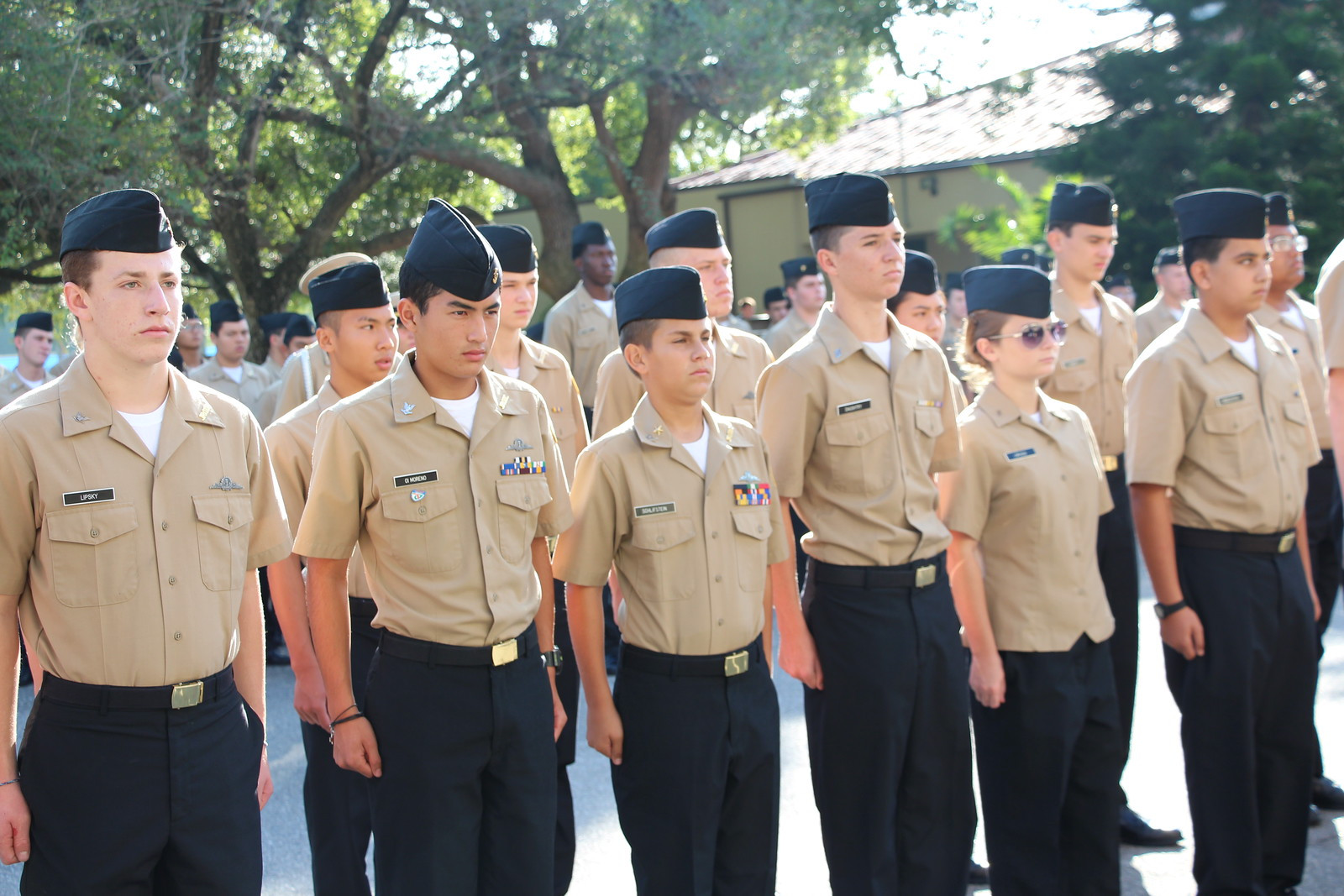Private schools frequently implement uniform policies, a practice that research suggests is linked to improved student behavior, better academic results, and overall student success. By setting clear expectations for attire, private school uniforms minimize distractions, allowing educators to concentrate on teaching and students to focus on learning, free from the pressures of fashion trends and inappropriate clothing.
Key Advantages of Uniforms in Private Schools
 Students in uniform participating in an outdoor school activity
Students in uniform participating in an outdoor school activity
Uniforms in private school settings offer a multitude of benefits that extend beyond mere appearance, positively influencing the school environment and student experience.
Fostering a More Inclusive and Focused Learning Environment
One of the primary benefits of private school uniforms is their ability to reduce social stratification among students. By eliminating visible markers of economic status, uniforms help to create a more level playing field. This reduces the potential for cliques based on clothing and minimizes peer pressure related to fashion, allowing students to be judged on their character and merits rather than their wardrobe choices. This inclusive environment contributes to a stronger sense of community and belonging for all students.
Moreover, uniforms significantly minimize distractions in the classroom. Teachers can focus on delivering quality education instead of monitoring dress code violations. Students, in turn, are less preoccupied with their own appearance and the attire of their peers, leading to a more focused and productive learning atmosphere.
Practical Benefits for Students and Families
Beyond the academic and social advantages, private school uniforms offer practical benefits for both students and their families. For students, deciding what to wear each morning becomes effortless, saving valuable time and reducing stress, which can positively impact punctuality and attendance.
For parents, uniforms can lead to significant cost savings. Instead of constantly purchasing trendy and expensive clothing, the uniform requirement simplifies school shopping and can be more economical in the long run. The uniformity also ensures that students are always dressed appropriately and modestly for the school environment, removing any guesswork or potential conflicts about suitable attire.
Another often overlooked benefit is enhanced school safety and visibility. Uniforms make it easier to identify students as belonging to the school, which is particularly useful during off-campus activities like field trips or sporting events. Additionally, in a secure campus environment, uniforms help distinguish students from visitors, enhancing overall safety protocols.
Uniforms at Admiral Farragut Academy: A Real-World Example
 Upper school students in navy-style uniforms standing outside a school building
Upper school students in navy-style uniforms standing outside a school building
Admiral Farragut Academy, a leading private and boarding school, exemplifies the successful implementation of uniforms. Recognizing the unique needs of different age groups, Farragut employs distinct uniform styles for its Lower School (PreK-7) and Upper School (8-12). Lower School students wear a standard private school uniform, promoting comfort and practicality, while Upper School students adopt uniforms inspired by the U.S. Navy, reflecting the academy’s values and NJROTC program.
At Admiral Farragut, uniforms are more than just clothing; they are a symbol of pride, discipline, and respect. Students are taught to uphold a sharp appearance, maintaining their uniforms in excellent condition. This emphasis on presentation instills valuable life skills and reinforces the importance of making a positive first impression. To learn more about the specific uniform requirements at Admiral Farragut Academy, you can view their uniform guidelines.
What Parents and Teachers Say: The Statistics Speak
Surveys consistently reveal positive perceptions of school uniforms from both parents and teachers. Data compiled from various sources, including the US Department of Education, highlights compelling statistics regarding the perceived impact of uniforms.
| Survey Question | Parents Agree or Strongly Agree (%) | Teachers Agree or Strongly Agree (%) |
|---|---|---|
| Policy has hindered self expression and creativity | 34 | 5 |
| Policy has hindered individual student’s personal liberty | 36 | 0 |
| Has promoted a sense of security | 41 | 86 |
| Has increased school pride and has created a sense of community | 42 | 80 |
| The school uniform has been financially beneficial for my household | 49 | 86 |
| Has addressed the peer pressure issue of “fitting in” by wearing specific brands | 47 | 90 |
| Has promoted positive student behavior | 37 | 95 |
| Policy has minimized disruption and distractions | 38 | 81 |
| Has eliminated competition among students | 36 | 52 |
| School uniforms have improved the learning environment | 35 | 81 |
| The Board should extend the school uniform policy indefinitely | 42 | 81 |
As the table indicates, teachers overwhelmingly agree that uniforms promote positive student behavior, enhance school pride, and improve the learning environment. Parents also recognize many of these benefits, particularly the financial advantages and the reduction of peer pressure. While some parents express concerns about self-expression, these concerns are significantly less prevalent among educators, who witness the daily positive impact of uniforms in private school settings.
Conclusion: Uniforms as a Positive Element in Private Education
In conclusion, private schools often choose to implement uniform policies for compelling reasons. The advantages range from creating a more focused and equitable learning environment to offering practical benefits for families and enhancing school safety. While the discussion around school uniforms continues in public education, private schools frequently embrace them as a valuable tool to foster a positive and productive atmosphere where students can thrive. For parents seeking a structured and supportive educational setting, Private Schools With Uniforms present a compelling option worth considering.
